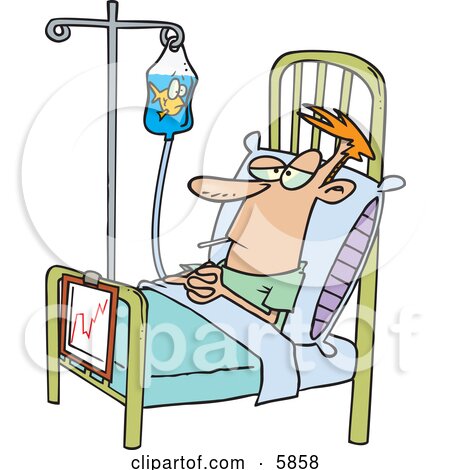Managed care is when an organization is formed to manage the financing and delivery of health care. It is mainly to avoid redundant services, improve quality of care while reducing costs. Managed care works by ammending the services provided so that it is cost effective. It can be provided by an insurance company or even in a government setting.
As usual now lets look at the system both in Indonesia and Malaysia. I will be mentioning more about the Malaysian system because we have studied the Indonesian system extensively during lectures and tutorials. In Indonesia, Ministry of Health (government) pays only 30 to 40% of the health care costs. The health financing in Indonesia is divided into a few aspects :
1) National Health Service - this is a tax based payment of health care by the government. It is only for the poor people where everything is free. It is called Jamkesmas - Jaminan Kesehatan Masyarakat.
2) Social
- PT Askes - Asuransi Kesehatan (An obligatory social health insurance for civil servants. The civil servants just have to pay a minimum amount of premium.)
- PT Jamsostek - Jaminan Sosial Tenaga Kerja (Also a social health insurance for private sectors where they have to pay a premium also
- Commercial Health Insurance - (An option for everyone to sign up for it. It is also premium based.
Whereas in Malaysia the financing is more to a dichotomous public-private system :
1) Goverment - led and funded public sector
2) Thriving private sector
The Malaysian goverment spends about 6.9% of its total expenditure yearly on health care. The public hospitals are subsidised up to 98% of their entire budgets by the government. The patients regardless of their financial status only pays 2% of the costs in a public hospital. For instance, a person who goes to the public hospital in Malaysia only pays RM 1 (Rp 2800) for an outpatient clinic services. However, because of this, there is a problem of health care financing when it comes to tertiary services. Therefore, the government has set up the Malaysian Assistanc Fund (MAF). The MAF caters for tertiary specialist care and it can be utilised only by public or quasi government healthcare facilities. There is also an emergency fund known as D'tik - Dana Talian Insan Kritikal Yayasan Kebajikan Negara. The huge or nearly full subsidy is a very difficult concept to be maintained. It still leaves holes that cannot be covered by the government. These holes has to be filled by some extra mechanism such as donations and funds as mentioned earlier.
Now lets look at managed care and its stages.
Stage 1 ( The Push)
- the fee for service is dominant
- the payers are still focused on volume
- there are no incentives to control hospital use, the hospitals tend to overcharge.
Stage 2 (The Squeeze)
- integrated system begins to develop, there are more groupings of medical officers.
- payers are purchasing volume by negotiation of deals.
- the service is concentrated more on the specialists rather than the general practitioners.
Stage 3 (The Purge)
- quality measures will be reported
Stage 4 (The Promise)
- health care providers are coordinated in larger groups and capitation contract prevails.
Managed care is perfect when it reaches stage 4 successfully covering ALL the citizens of that particular country. When this happens, everyone is happy with good quality of service and low costs. :) However, there are no managed care system that is perfect without loophole. We have to keep improving ourselves to reach the goal on reaching out to everyone's health rights.
References
1. Lecture Note - Managed Care, Gatot Subroto, PT Askes
2. Dictionary - http://medical-dictionary.thefreedictionary.com
3. The Malaysian Health Care System : A Review, Quek David KL
4. Stages of Managed Care Evolution, Knowlton D, Group MH, NA NA.
5. Managed Care, Market Stages and Integrated Delivery Systems : Is There A Relationship?, Lawton R. Burns, Gloria J. Bazzoli, Linda Dynan, and Douglas R. Wholey





















